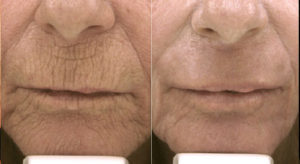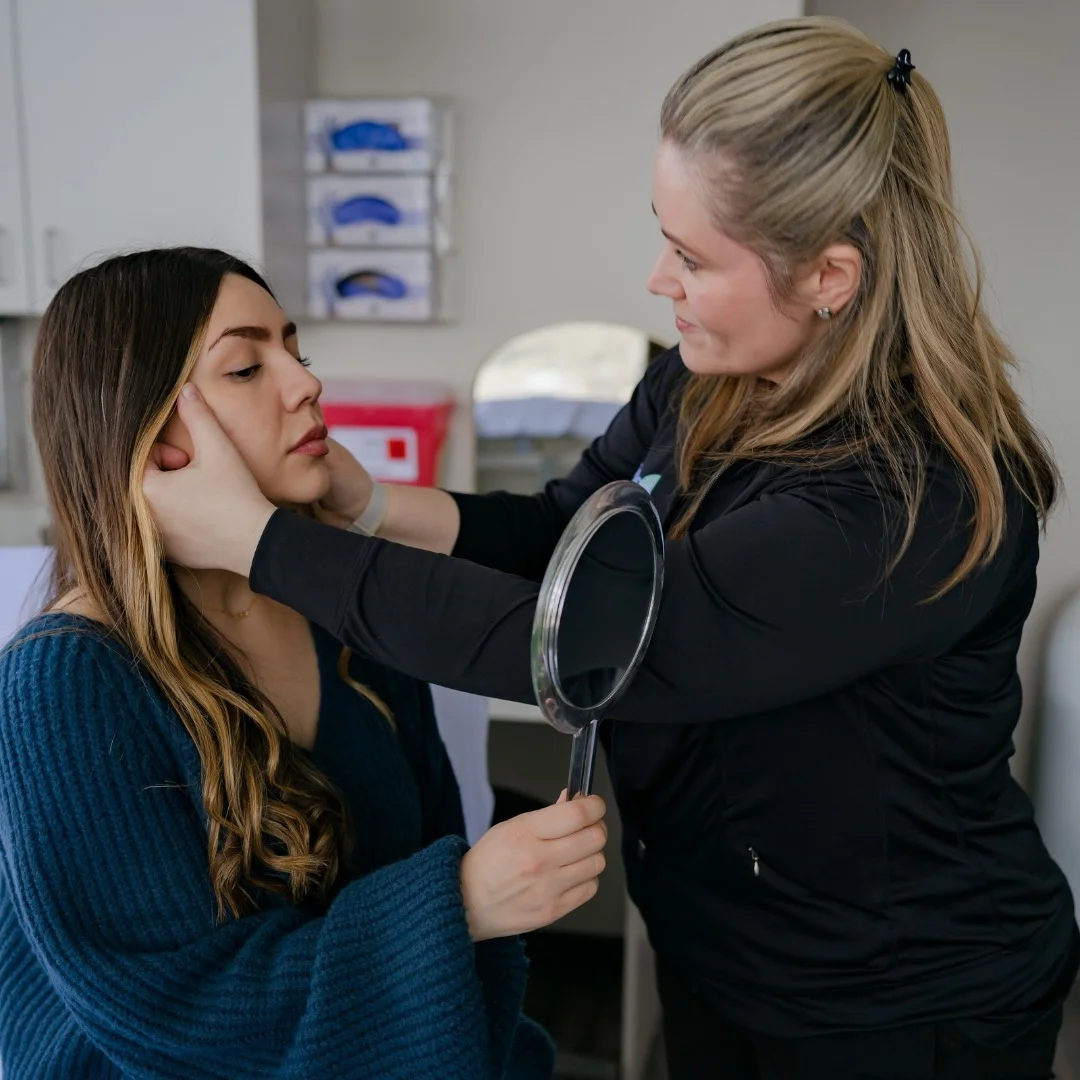Laser skin resurfacing has been refined significantly since it was first introduced. Early problems such as pigment loss in the treated areas are nearly unheard of these days. The way that laser energy is delivered to the skin with modern devices allows for excellent clinical results with decreased healing time and overall decreased risks.
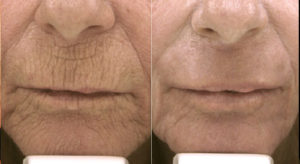
Laser skin resurfacing is categorized in different ways, and to someone not familiar with the different options, it can be confusing and overwhelming. Adding to the confusion is the fact that there are many different laser manufacturers, each of them marketing their particular device as “the best” for wrinkles, pigment, sun damage, etc. I want to try to simplify this by reviewing the basic categories of laser resurfacing. Remember that each category will have many different devices on the market, all with similar functions. This review should help you to narrow down your options when deciding on a laser resurfacing procedure.
The first categories to review are ablative versus non-ablative laser resurfacing.
Ablative laser resurfacing of the face for sun damage and aging was first performed with a Carbon Dioxide (CO2) laser in 1989. The target of ablative lasers is water contained in the skin; when heated by laser energy the skin tissue is vaporized and removed from the skin surface. A wound healing response is initiated by the body to replace the lost tissue with new collagen, elastin, and skin cells. In this way textural abnormalities, wrinkles, and pigment can be erased. However, the treatment goals must be balanced by the risk of scarring, which was more common with the original devices and with more aggressive treatment settings.
Non-ablative laser resurfacing was first introduced under the name “Fraxel” laser which came out in the early 2000’s. It was developed to provide a way to improve tone, texture, and wrinkles with minimal downtime. “Non-ablative” refers to the fact that there is no vaporization of the skin tissue. Instead, the laser energy heats the skin and creates columns of coagulated tissue called microscopic treatment zones (MTZs). Only a fraction of the skin surface is treated with each session, therefore multiple sessions (average of 5) are required for maximal improvement. The advantage is short recovery time, usually 3-5 days of moderate erythema and swelling, but without oozing or crusting.
The next category to review is fully ablative versus fractional laser resurfacing (Figure 1).
Fully ablative resurfacing removes the entire top surface of the skin to a depth determined by the settings chosen by the physician. Healing time increases with the depth of treatment. Superficial depth treatments, helpful for fine textural changes and pigment, are called “microlaser peels” and heal within a few days. Deeper treatments, particularly helpful for etched in lines around the mouth, take up to 2 weeks to heal.
Ablative fractional resurfacing was developed to improve healing time and minimize risks of scarring and pigment alteration. Columns of tissue are vaporized, often to depths greater than can be achieved safely with fully ablative lasers. Vaporized columns are quickly healed by the surrounding unaffected tissue. New collagen and elastin deposition and elimination of pigment in these columns contribute to the cosmetic result of decreased lines, diminished texture, and improved tone. Because only a fraction of the surface is treated each time, a series of 3-5 treatments is required for maximal improvement.
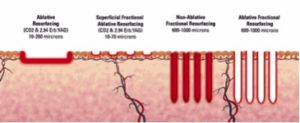
Lastly, the new hybrid fractional laser resurfacing (HALO) delivers ablative vaporization and non-ablative coagulation to the same tissue column (microscopic treatment zone). The result is improved healing time with less pain than traditional resurfacing lasers. Pigmentation, wrinkles, and pores are significantly improved over the course of 1-3 treatments.
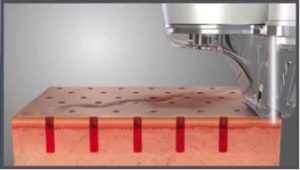
AboutSkin Dermatology physicians provide patients with a full array of laser resurfacing options in all of the categories reviewed in this blog post. (See below)
Syneron-Candela
- CO2RE fractional CO2 resurfacing
Sciton
- Fully ablative Erbium resurfacing (TRL)
- Ablative fractional Erbium resurfacing (ProFractional)
- Erbium Microlaser Peel
- HALO Hybrid Fractional Resurfacing
Palomar Icon
- Ablative fractional Erbium resurfacing
- Non-ablative fractional resurfacing (1540nm XF and XD)
Often, laser resurfacing devices are combined in the same treatment session depending on specific patient needs. For example, a single treatment session could consist of the following:
- Erbium fully ablative resurfacing around the mouth and eyes for etched in lines
- CO2 fractional resurfacing for the rest of the face
- HALO hybrid fractional resurfacing on the neck and chest
- Microlaser peel on the top of the hands
** Stay tuned for part 3 of this laser resurfacing blog series in which I will explain how to choose which laser is right for you.
Whatever your particular treatment goals are, we have the knowledge and technology to help you achieve them. Call our cosmetic coordinators at AboutSkin Dermatology at two Denver area locations (Greenwood Village and Lone Tree) to schedule your laser resurfacing consultation. 303-756-7546 (SKIN).
